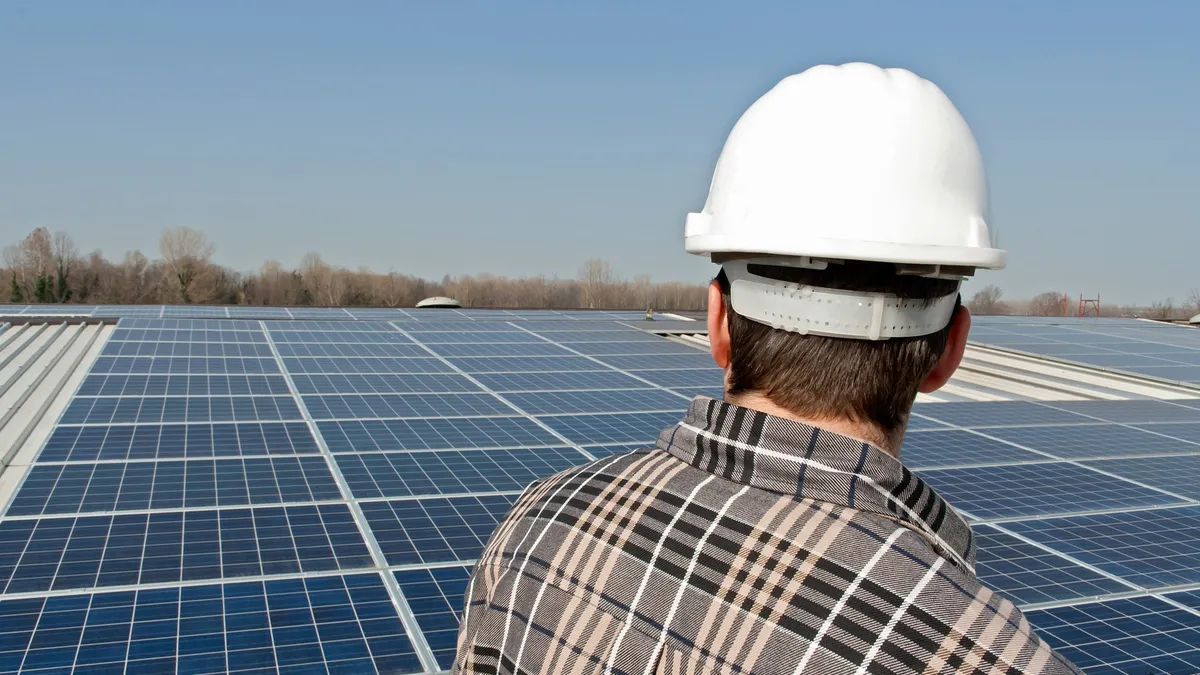Dive Brief:
- The skyrocketing growth of New Hampshire solar has put it on track to hit a “brick wall” created by the state’s 1% of peak demand or 50 MW cap on its net energy metering (NEM) policy, New Hampshire Public Radio reports. Solar installers are calling for a new law or at least an interim measure to protect growth.
- The growth is being driven by the falling cost of solar hardware, the increased availability of financing for residential and utility-scale solar, and the urgency of buyers and sellers to get installations completed before the 30% federal investment tax credit sunsets at the end of 2016.
- SB 117, a legislative effort to double the cap on NEM to 100 MW, was transformed earlier this year into a bill solar advocates could not support by an amendment that removed the cap increase. The amendment was attributed to the influence of Eversource, Unitil, and New Hampshire Electric Cooperative, the state’s leading utilities.
Dive Insight:
New Hampshire had an installed solar capacity of about 2 MW at the end of 2009. By the end of 2011, its installed solar capacity had more than doubled to almost 5 MW. At the end of 2013, the installed capacity was over 10 MW, another doubling. Officials believe installed capacity will reach the 50 MW cap on net metered solar energy-generated electricity by the end of this year.
While the installed solar capacities of New Hampshire and Massachusetts were both below 5 MW in 2009, Massachusetts’ powerful policies grew its installed solar capacity to over 60 MW at the end of 2013 and are keeping it on track to reach Governor Duval Patrick’s target of 1,600 MW by 2020.
Pushed by conservatives opposed to renewables incentives, the New Hampshire House of Representatives recently approved the transfer of $50 million from the state’s Renewable Energy Fund to address budget issues. Because this will limit rebates for solar, wind, and energy efficiency improvements, advocates worry this could severely hamper the advance of New Hampshire's renewables markets.














